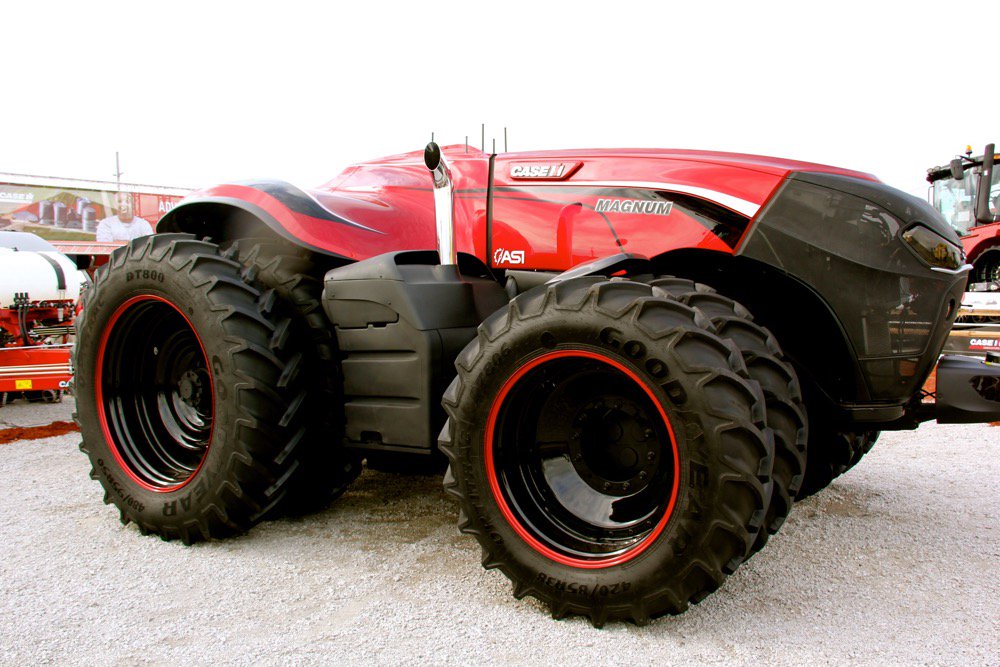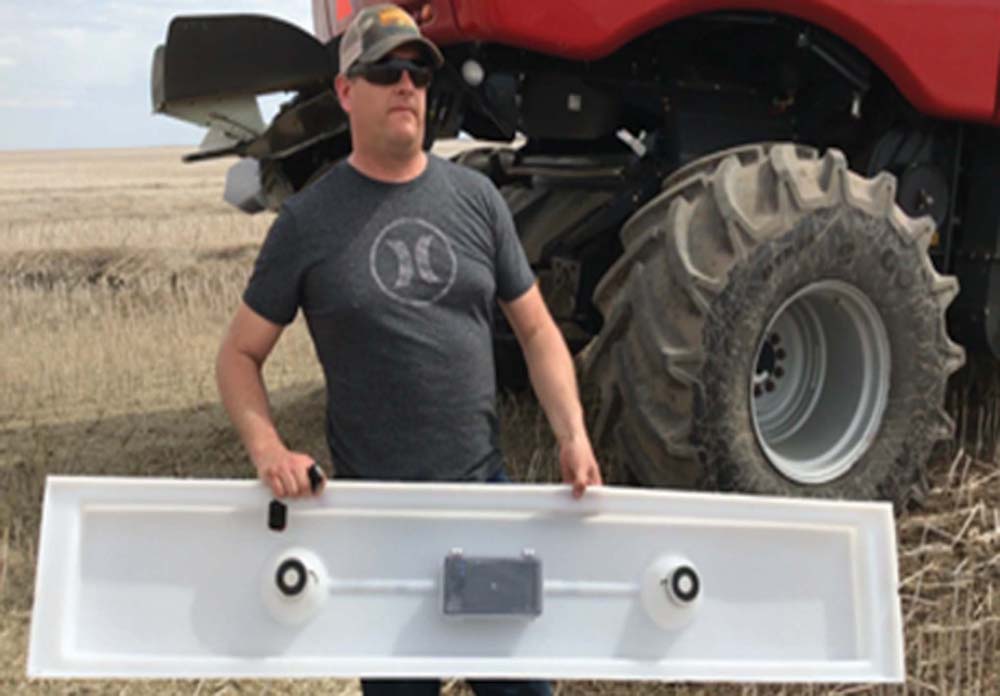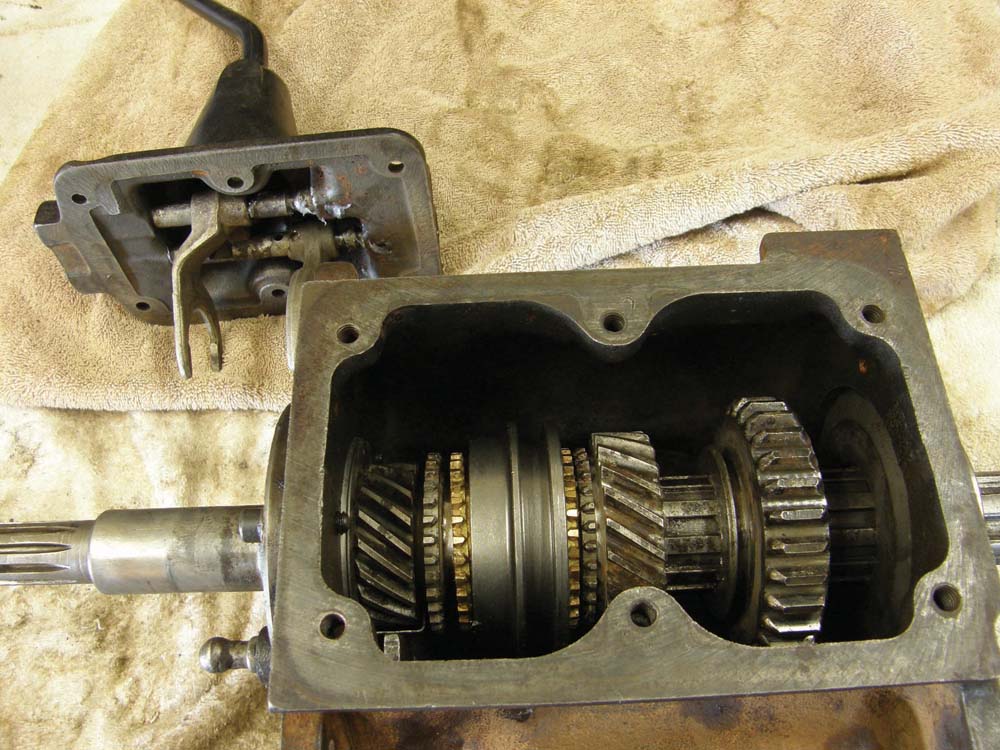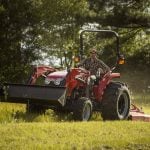The three Prairie provinces’ rate guides can help you make machinery decisions
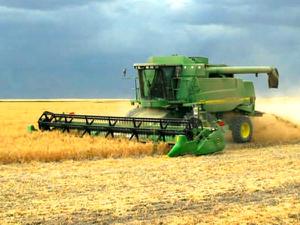
The new provincial Machinery Guides for 2016-17 have been published on each Prairie province’s website. These guides show rental or custom rates for commonly used machinery.
Dan Schmeiser, manager of the farm business management services section in the Saskatchewan Ministry of Agriculture, says “the purpose of the Guide is to provide approximate costs for renting equipment or obtaining custom farming operations from another farmer.”
In dealing with neighbours or friends, this guide will help you to exchange costs and services equitably. Schmeiser remembers to caution, though, that “every situation is unique and this Guide can’t address every situation,” so make adjustments based on your individual circumstances.
“Formalizing the specifics of your agreement with someone in a contract” is always a good idea just in case you and a neighbour are “interpreting the guide differently.”
You may be wondering how the Guides’ numbers are calculated. There are some formulas at work — these include taking into account of the value of the equipment in question, depreciation, repair and maintenance, fuel costs, insurance and average financing costs. The rate also distinguishes between a rental cost and a custom cost, where a custom cost includes “the labour component,” says Schmeiser and a “margin” cost, to account for any unpredictability. “We try to take the long-term lifespan of the equipment, as well as the residual value when the machine is at the end of its life,” into account when coming up with the numbers in the guide, says Schmeiser.
With no further ado, here are five uses for these Guides:
1. Find a rental price
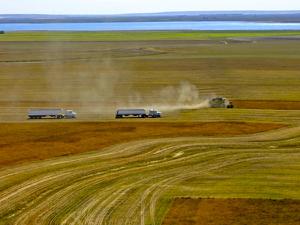
According to Saskatchewan’s guide, one of its main uses is “to suggest an equitable price for both parties when one farmer either rents equipment from another farmer or hires the other to do a farming operation.”
This Guide isn’t for those who are renting equipment as a business proposition, its use is exactly for these kinds of neighbour to neighbour situations, those “short-term arrangements,” says Schmeiser. “Most farmers, in dealing with their friends and neighbours are looking to recover their costs, maybe something above and beyond that, and that’s fair.” They’re not making an income out of renting out their equipment, says Schmeiser.
2. Work together fairly

The other main use for this type of guide, says Schmeiser, is in the situation where people are in “joint operating arrangements.” This is when a “specific investment” in a piece of equipment has been made by, for example, two farm entities.
For example, Schmeiser says, there are two brothers, “one buys the seeding equipment, and the other buys the harvesting equipment.” Are they making equal contributions here? “This Guide will enable them to cost out what each of them are contributing to the joint operation.”
3. Make good business decisions

“Equipment is expensive,” says Schmeiser. “The cost of equipment is a major part of the total cost of production.” Therefore, the Guide can help you make business decisions about how you want to spend your equipment budget.
For example, if the piece of equipment you are considering is going to be sitting for most of the year, does it make sense, to rent that item for a short period instead of buying? Looking at the rental costs listed in the Guide can help you make that decision.
If you’re the owner of the piece of equipment in question, on the other hand, likely you’ve spent quite a bit of money to buy that item. Therefore, the Guide’s remuneration suggestions will help you to recoup some of that cost. Remember, though, that “the Guide can be helpful in this regard, but it’s not its primary purpose.”
“I’m all about sizing your equipment to your operation,” says Ted Nibourg, business management specialist with Alberta Agriculture and Forestry. “Some people get over-mechanized.” So you can look to the Guides, he says, to see if you should buy a new piece of equipment or hire someone instead to do some custom work for you.
4. Get a custom rate

“The majority of calls we get aren’t about rentals but rather about custom rates. What’s it going to cost me to have my neighbour come in and combine a quarter for me (with his equipment)?” says Nibourg. He adds that only about one in 10 calls he gets are about renting; rather, they are often about the cost of hiring someone for a complete custom job. So if you are looking to hire someone to do custom work for you, looking to the Guide can help you get a sense of how much it’ll cost.
5. Doing non-typical work

Another use for these kinds of guides, says Nibourg, is reclamation. “People want to know how much it’ll cost, for example, to re-seed” an abandoned work site. For example, if a pipeline was going to go through your land but isn’t or drilling for a well happened, the land needs to be reclaimed and brought back to “its original state as close as possible” (as required by the Energy Resources Conservation Board in Alberta).
The Guide can be used here because “oil companies don’t have the proper equipment. So they’ll say to the farmer, if you re-seed, we’ll pay you at the custom rates.” Farmers can point to the rates in the Guide as fair compensation for work done.
Whether you’re sharing equipment, considering hiring a custom worker, or spraying weeds on an oil lease, the provincial Machinery Guides can help you put the right numbers to your budget.
Finding the guides

While many of the numbers are similar, each of the three Prairie provinces has published its own machinery rate guide.
Saskatchewan
: To find Saskatchewan’s 2016-17 guide, go to the government of Saskatchewan’s website at saskatchewan.ca and enter “farm machinery custom and rental rate guide” into the search bar.
Manitoba
: To find Manitoba’s guide, go to the government of Manitoba’s website at gov.mb.ca and enter “farm machinery rental” into the Search bar. The search results will yield the 2016-17 guide in PDF format.
Alberta
: To find Alberta’s guide, go to Alberta Agriculture and Forestry’s website at agriculture.alberta.ca and type “custom rates survey 2016” into the search bar. There you’ll find a link to click for Alberta’s information, which isn’t in PDF format. Instead, Alberta has a machinery cost calculator where you can input your machinery’s information and see how much custom work might cost.
Alberta also has separate documents for seeding and land leasing rates, for example.




